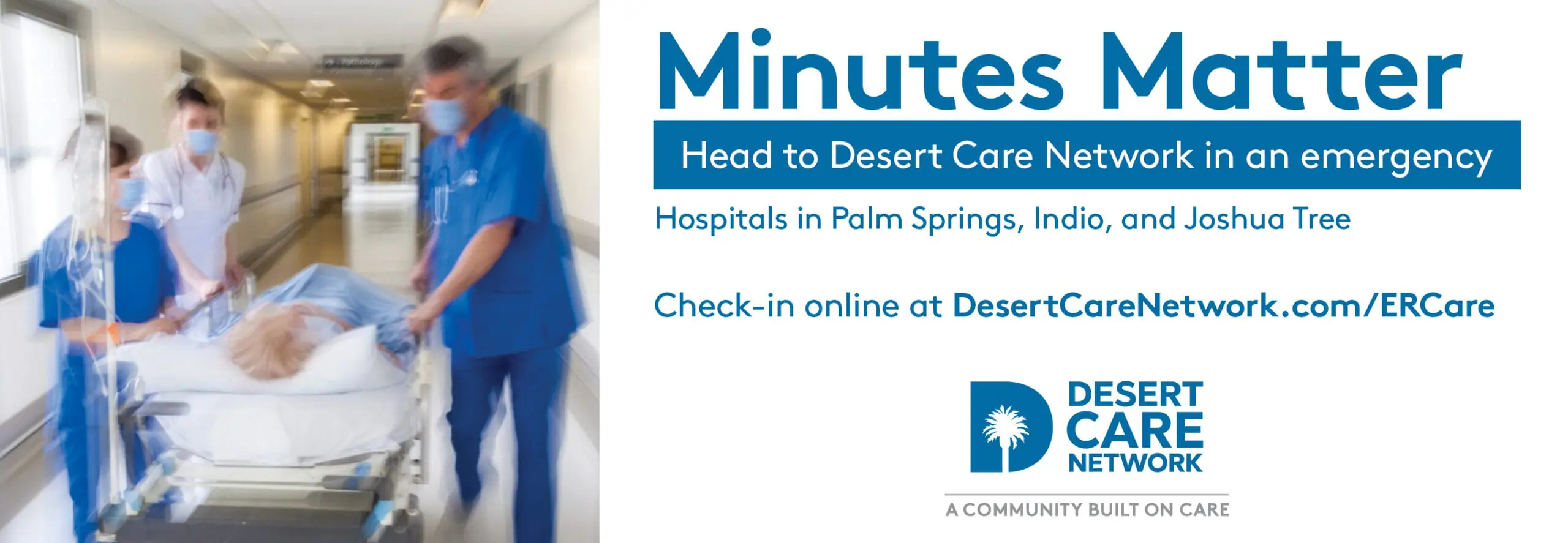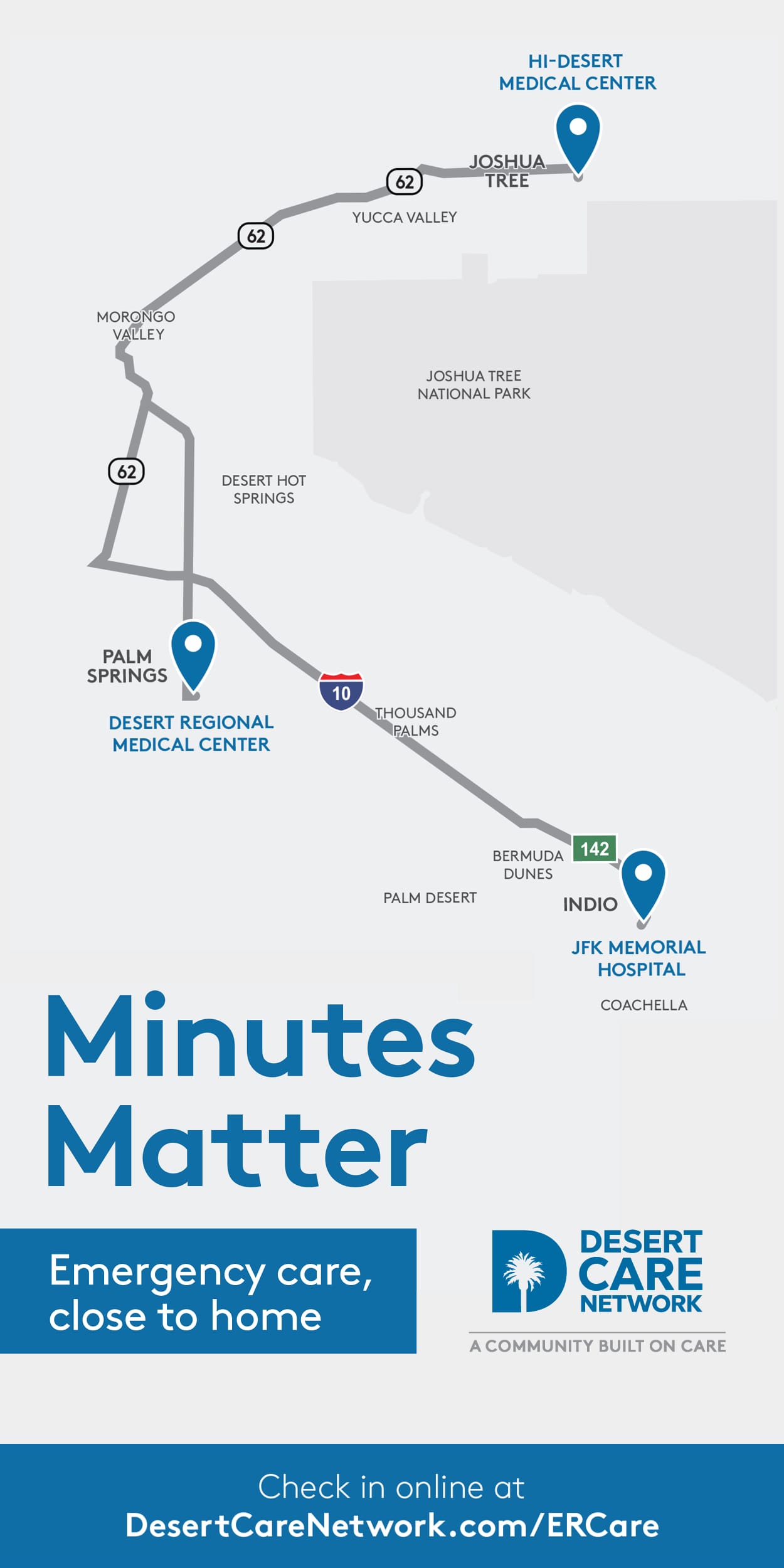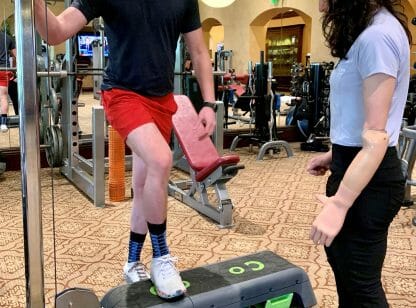This time of year we welcome cooler weather, outdoor activities and many native inhabitants of the desert landscape, including rattlesnakes. If left alone, rattlesnakes will usually move on; however, about 1,000 venomous snake bites do occur in the U.S. each year. They are seldom fatal but can be extremely painful and lead to other complications.
Rattlesnakes tend to blend in with their surroundings, even when out in the open. When hiking, stay on cleared pathways, never hike alone, always carry a cell phone, and be aware of where you place your hands when climbing rocks as snakes can climb. Also be careful when working around rocks, piles of wood, dense shrubbery and other places where snakes might hide. Avoid walking barefoot or in open-toed shoes and look out for rattlesnakes in swimming pools as they are very good swimmers. Baby rattlesnakes also do bite, so leave them alone.
If you encounter a snake around your home, keep your distance and call your local animal control agency. If someone is bitten by a snake, get them away from the danger and call emergency services immediately. Do not try to trap or kill the snake. Keep the victim calm and the bite below the level of the heart. Do not apply a tourniquet, ice, or attempt to suck out the venom.
At the hospital emergency room the doctor will examine the wound. “If there’s progressive swelling and an obvious bite wound, then we would give them anti-venom,” said Andrew Kassinove, MD, medical director of JFK’s emergency department. “They would be admitted to the hospital if they’re given anti-venom and rechecked every couple of hours. They might need multiple doses of the anti-venom,” he said. Treatment could last several days.
“We give (patients) a lot of pain control as well because it can be quite painful – the swelling and the bite itself,” he added. Kassinove said infection from a snake bite is rare but a tetanus shot could be given as a proactive course of treatment.
“Native rattlesnakes are active year round, with heightened activity in the late spring and summer months,” said Peter Siminski, Director of Conservation at Palm Desert’s Living Desert. “Hikers should always be aware of their surroundings and watch where they put their hands and feet. If you do encounter a rattlesnake, give it a wide berth or back off until it passes.”
For more information, visit the Centers for Disease Control website at www.cdc.gov/disasters/snakebite. You can also download the SnakeBite911 app from the App Store.


















































Comments (0)